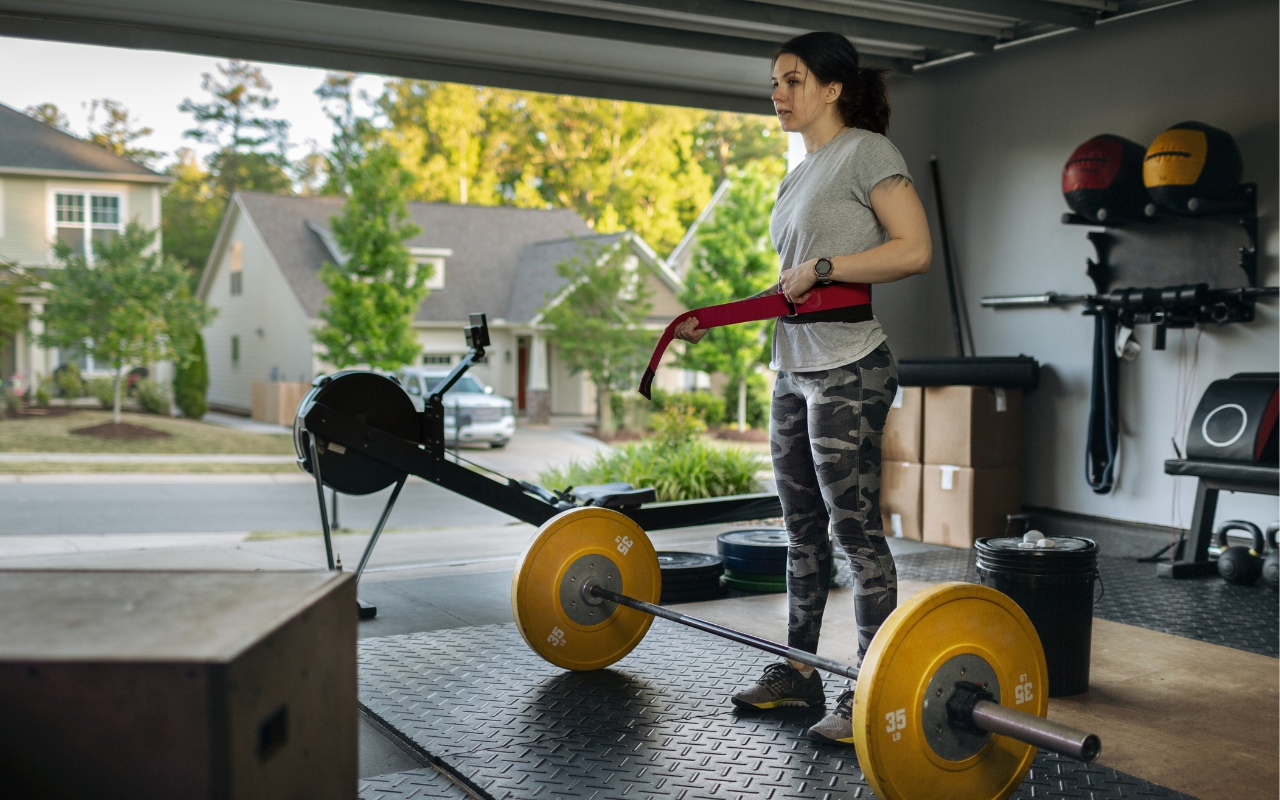In today's fast-paced world, finding the time and resources to maintain physical fitness can be challenging. The idea of a home gym might seem an expensive luxury reserved for those with considerable financial means and ample space. However, contrary to popular belief, building a home gym on a budget is feasible and practical. This comprehensive guide will explore the strategies, equipment, and tips necessary to create an efficient fitness space at home without breaking the bank.
Understanding Your Fitness Needs
Before diving into the specifics of equipment and setup, it's essential to understand your fitness needs and objectives. Are you looking to build muscle, lose weight, improve cardiovascular health, or enhance flexibility? Identifying your primary goals will help you prioritize the types of equipment and exercises that best suit your needs.
Planning Your Budget
Setting a realistic budget is the cornerstone of building a cost-effective home gym. Start by determining how much you will spend and allocate funds accordingly. Remember, you don’t need to buy everything at once. Begin with the essentials and gradually add equipment as your fitness routine evolves.
Prioritizing Essential Equipment
1. Dumbbells and Resistance Bands
Dumbbells are the backbone of a versatile home gym. Adjustable dumbbells are particularly advantageous as they offer a wide range of weights in a compact form. NordicTrack's 55-pound Select-A-Weight Dumbbell Set is a standout choice for its space-saving design and various weight options. On the other hand, resistance bands provide an excellent alternative for strength training and can be used for a wide range of exercises.
2. Pull-Up Bar
A basic door frame pull-up bar is valuable to any home gym. It is inexpensive, easy to install, and allows various upper body exercises, including pull-ups, chin-ups, and hanging leg raises. The Titan Fitness Wall Mounted Pull-Up Bar is highly recommended for its durability and versatility.
3. Yoga Mat and Accessories
A good quality yoga mat is indispensable for those who enjoy yoga or floor exercises. Selecting a mat that aligns with your practice style—a soft mat for floor poses or a sweat-resistant mat for vigorous sessions. Added accessories like yoga blocks and straps can enhance your practice and are relatively inexpensive.
4. Cardio Equipment
Jump ropes are perhaps the most cost-effective cardio equipment available. The WOD Nation Double Under Speed Rope is highly praised for its affordability and performance. If budget permits, consider adding more advanced equipment like a rower or stationary bike, which provide robust cardiovascular workouts without requiring significant space.
Exploring Second-Hand Options
One of the best ways to save money on gym equipment is to buy second-hand. Platforms like Craigslist, Facebook Marketplace, and local second-hand stores such as Goodwill and Salvation Army often have barely used high-quality equipment at a fraction of the original cost. Be diligent and patient in your search; you can usually find incredible deals that significantly impact your budget.
DIY Solutions
If you're handy and enjoy a bit of DIY, many gym accessories can be created or modified at home. For example, weightlifting platforms can be constructed using plywood and stall mats, providing a sturdy and cost-effective solution for heavy lifting. Additionally, homemade sandbags can be used for functional training exercises.
Allocating Space Efficiently
Space is often a constraint in home gym setups. Identify a suitable area in your home—a garage, basement, or even a spare bedroom. Ensure that the space is well-ventilated and has enough room to move freely. Using folding or adjustable equipment can maximize limited space. For instance, adjustable benches and compact dumbbell sets are excellent choices for small areas.
Safety Considerations
When setting up your home gym, safety should be a priority. Ensure that all equipment is securely installed and capable of supporting your weight. For example, if you're using a pull-up bar, ensure it is mounted correctly and can bear your weight. Additionally, consider investing in quality flooring to prevent damage to your home and reduce the risk of injury.
Gradual Upgrades and Maintenance
As you become more committed to your fitness routine, you might want to upgrade your equipment. Look for sales, discounts, and holiday deals for the best prices. Newer, more specialized equipment can be added over time, and you can gradually build a robust home gym that meets all your fitness needs. Regular maintenance of your equipment is also essential to ensure longevity and safety. Check for wear and tear, tighten bolts and screws, and keep your equipment clean.
Mental and Motivational Boosts
One of the often overlooked aspects of a home gym is creating an environment that motivates and encourages regular workouts. Simple additions like a sound system or Bluetooth speakers can make workouts more enjoyable. Additionally, setting up a mirror can help with form and technique while adding a psychological boost by creating a gym-like feel.
The Longevity of Investment
Unlike gym memberships that require a continuous financial commitment, the money spent on setting up a home gym is a one-time investment. Over time, this can result in significant cost savings. Moreover, having gym equipment at home offers unparalleled convenience, making it easier to stick to a fitness routine without the barriers of time, travel, or gym hours.
Embracing Minimalism
When building a home gym, it’s easy to get carried away by the allure of numerous gadgets and machines. However, a minimalist approach often works best. Focus on multifunctional equipment that can serve various purposes. For example, a set of adjustable dumbbells or a versatile pull-up bar can support a wide range of exercises, reducing the need for numerous standalone pieces.
Conclusion
Building a home gym on a budget is both possible and highly rewarding. You can create an efficient workout space at home by understanding your fitness needs, setting a realistic budget, and prioritizing essential equipment. Using second-hand options and DIY solutions and being mindful of safety and space considerations further enhances the feasibility of this endeavor. Over time, you will find that a home gym's convenience and cost savings far outweigh the initial investment. So get started today, and take the first step toward achieving your fitness goals from the comfort of your home.
For more information and tips on building a budget home gym, check out these resources:
- Building a Home Gym on a Budget: 5 Steps to Fitness at Home
- Best Budget Home Gym Setups
- Gear Not Stuff: Budget Home Gym Edition
Embrace the journey of building your home gym and enjoy its countless benefits to your health and well-being.











